This content has been archived. It may no longer be relevant
Sustainability Benefits
Crude Oil Prices Trend
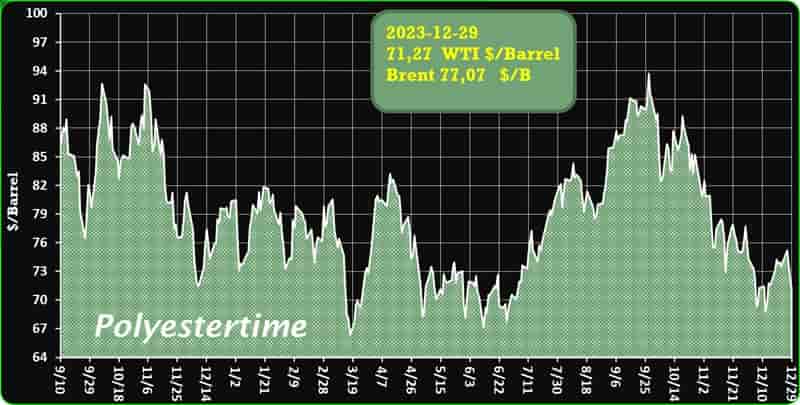
Crude Oil Prices Trend by Polyestertime
“Navigating the Future: The Evolution of Eco-Friendly Propulsion Technologies”
In recent years, the automotive industry has undergone a transformative shift with the advent of electric cars. However, a new wave of innovation is emerging, challenging the dominance of electric vehicles (EVs) and bringing attention to the potential of eco-friendly petrol engines.
The push for zero-emission vehicles has been reinforced by the European Union’s commitment to phase out petrol and diesel cars by 2035. While this ambitious goal aims to pave the way for a greener future, it recognizes the reality that internal combustion engine cars will persist on the roads until at least 2050, driven by those who made purchases before the 2035 deadline. Sustainability Benefits
To address the challenge of reducing emissions from existing vehicles, Europe is exploring alternatives such as synthetic fuels derived from water and CO2, effectively removing the largest climate pollutant from the atmosphere. Additionally, biofuels sourced from plant residues and waste materials present another eco-friendly option.
While the EU envisions a future dominated by electric cars and environmentally friendly fuels by 2030, not all member states are in unanimous agreement. Italy, for instance, challenges the exclusive focus on electric vehicles and calls for a more technologically neutral approach. Giorgia Meloni, the President of the Council of Ministers of the Italian Republic, expresses support for the electrification of light vehicles but emphasizes the need for a diversified approach to achieve zero emissions. Sustainability Benefits
Amidst the discussions, Adolfo Urso, the Minister of Business and Made in Italy, emphasizes the importance of reason and pragmatism in the pursuit of ecological and industrial transition. Italy’s stance reflects a broader call for revisiting regulatory approaches and embracing a vision aligned with the evolving landscape of sustainable transportation. As the automotive industry navigates this complex terrain, it remains to be seen how the interplay between electric and eco-friendly petrol engines will shape the future of transportation.
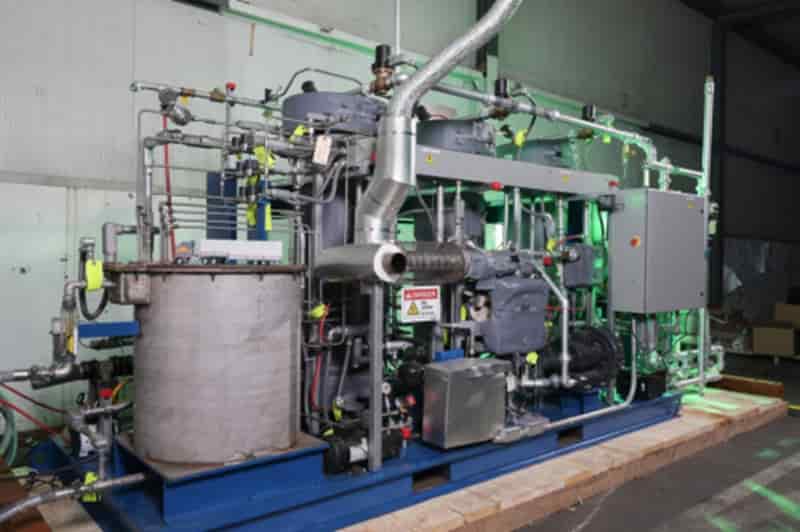
R-LLDPE Market Faces Downturn Amid Oversupply and sluggish downstream Demand
Ex-Riyadh: In the Arabian Recycled Linear Low-Density Polyethylene (R-LLDPE) market, an ongoing trend of declining prices persists, driven by challenges related to the diminishing price support for scrap LLDPE materials and the increasing rates of post-consumer product collection. Sustainability Benefits
These factors pose obstacles to the sustainable growth of R-LLDPE recyclers. The market landscape is further complicated by a marginal weakening in the Purchasing Managers’ Index (PMI). On the supply side, an oversupply situation of R-LLDPE, coupled with ample inventories, and subdued procurement activities from overseas markets during the current seasonal phase, contribute to weakened export dynamics. Suppliers are responding with consistent discount offerings to incentivize larger volume purchases. However, the downstream industry is grappling with heightened freight rates with increased shipping cost, prompted by security concerns following attacks by Yemen’s Houthi militants on commercial vessels in the Red Sea.
Consequently, the European R-LLDPE market remains stable, reflecting the impact of elevated import costs for the product. Sustainability Benefits
The Arabian market is grappling with an oversupply scenario, sustained by an unaltered production capacity of R-LLDPE material, which has established a bearish sentiment. This situation poses a challenge for suppliers in effectively managing excess inventory. The R-LLDPE market faces downward price pressure attributed to weakened product procurement activities during the Christmas holidays, influenced by reduced downstream industrial production and manufacturing activities for the final finished product with fewer staff members available during the holiday season.
More…
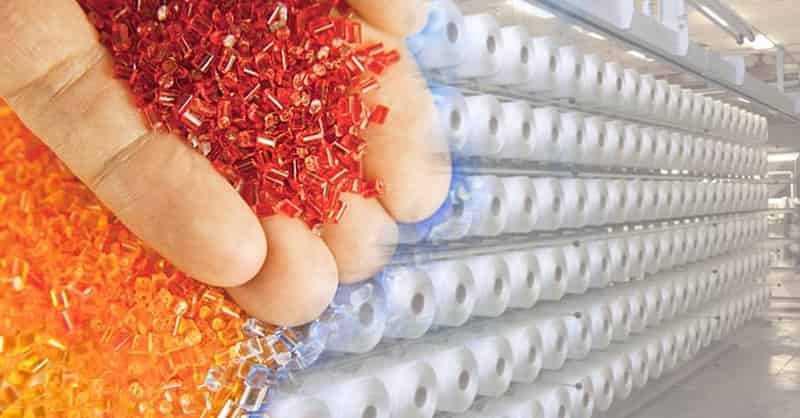
Kao Thailand Partners with SCGC and Dow to Develop Packaging with Key Sustainability Benefits
Kao Industrial (Thailand) Co., Ltd. (Kao) has partnered with two leading global packaging experts, SCG Chemicals Co., Ltd. (SCGC) and Dow Thailand Group (Dow), to develop packaging designed for recyclability. Sustainability Benefits
The partnership aims to provide consumers with more sustainable packaging options, with a focus on high-quality packaging that has a lower carbon footprint and is recyclable. Today, the three companies signed a Memorandum of Understanding (MoU) at Dow Thailand’s headquarters in True Digital Park West.
Kao, a leading manufacturer of consumer products from Japan including Attack, Biore, Haiter, Laurier and Magiclean, plan to use the new, sustainable packaging across a wide range of its product portfolio in Thailand in the near future. The MoU signing ceremony was attended by Kao Thailand President, Yuji Shimizu; SCGC Executive Director, Pisan Uawithya; and Dow Thailand President, Chatchai Luanpolcharoenchai. Sustainability Benefits
“Kao is delighted to partner with leading chemical companies such as SCGC and Dow to joint develop innovations for sustainable packaging based on the 4R principles: Reduce, Reuse, Recycle, and Replace, which align with our ESG strategy or what we call the ‘Kirei Lifestyle Plan,'” said Yuji Shimizu, Kao Thailand President “Kao is committed to achieving Zero Carbon Emission by 2040 in an effort to help mitigating global warming and climate change issues. This is why our business is seriously focused on energy conservation within our production plants and products design and development throughout product lifecycle to reduce carbon emissions. Sustainability Benefits
More…
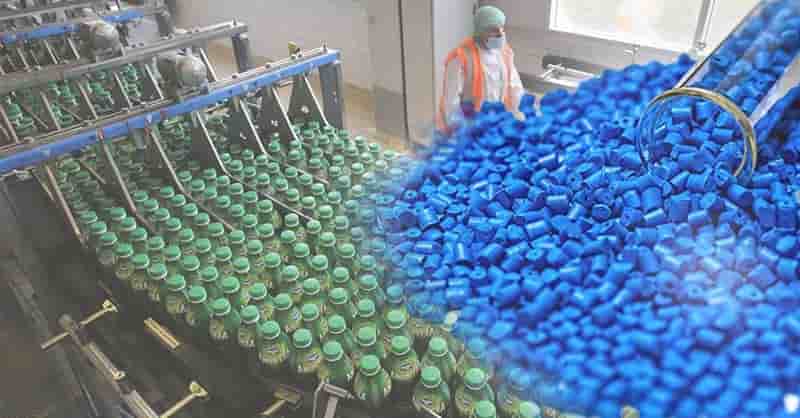
In a strategic move to enhance its business portfolio and reinforce its commitment to sustainable growth, Mitsubishi Chemical Group Corporation has recently announced the decision to transfer shares of its subsidiary, PT Mitsubishi Chemical Indonesia (MCCI). The shares will be transferred to PT Lintas Citra Pratama, a company with plans to commercialize paraxylene, a key raw material for pure terephthalic acid (PTA) in South East Asia.
Reasons for Share Transfer: MCCI, a company established in 1991, has been a major player in the Indonesian PTA market, contributing significantly to the production of polyester products such as fibers, PET bottles, and films. Sustainability Benefits
Despite the stability and strength of Indonesia’s PTA market, Mitsubishi Chemical Group has continuously evaluated its business direction, aligning with its management policy of “Forging the future” through portfolio management focused on market growth, competitiveness, and sustainability.
Affiliates of PT Lintas Citra Pratama presented a compelling proposition to Mitsubishi Chemical Group, expressing their intention to operate the PTA business through vertical integration from raw material paraxylene to PTA. Sustainability Benefits
This integration is anticipated to strengthen MCCI’s competitiveness, and the company is expected to continue its development and growth under the new ownership structure.

CIP and Mexican authorities to collaborate on green hydrogen and maritime fuels project
Copenhagen Infrastructure Partners (CIP), the world’s largest fund manager within greenfield renewable energy, has agreed with Mexican authorities to collaborate on Helax Istmo, a green hydrogen and green maritime fuels project in the Isthmus of Tehuantepec, in Oaxaca, Mexico.
CIP will develop the Helax Istmo project in Mexico through its Growth Markets Funds II and Energy Transition Fund I. Sustainability Benefits
To this end, CIP signed a memorandum of understanding (MoU) with the Interoceanic Corridor of the Isthmus of Tehuantepec (CIIT) and Mexico’s national Ministry of Navy, the Secretaría de Marina (Semar), on December 22, 2023.
Under the MoU, the parties will collaborate to support the development of the large-scale, integrated renewable energy project in Oaxaca which aims to produce green hydrogen and green maritime fuels, contributing materially to Mexico’s sustainable development goals, as well as to the decarbonization of the shipping industry globally.
CIP noted that the MoU acknowledges that Helax will undergo formal indigenous and social consultations under Mexican law. The consultations are expected to take place in early 2024. Sustainability Benefits
Ole Kjems Sørensen, partner at CIP and co-head of Growth Markets Funds, said: “This MoU showcases our long-term commitment to Mexico through the development of a pioneering project that offers green maritime fuels at scale — a first for the region. We would like to thank the Mexican authorities for their continued interest and support, and we look forward to continuing to engage constructively with national and local stakeholders and further develop Helax.”
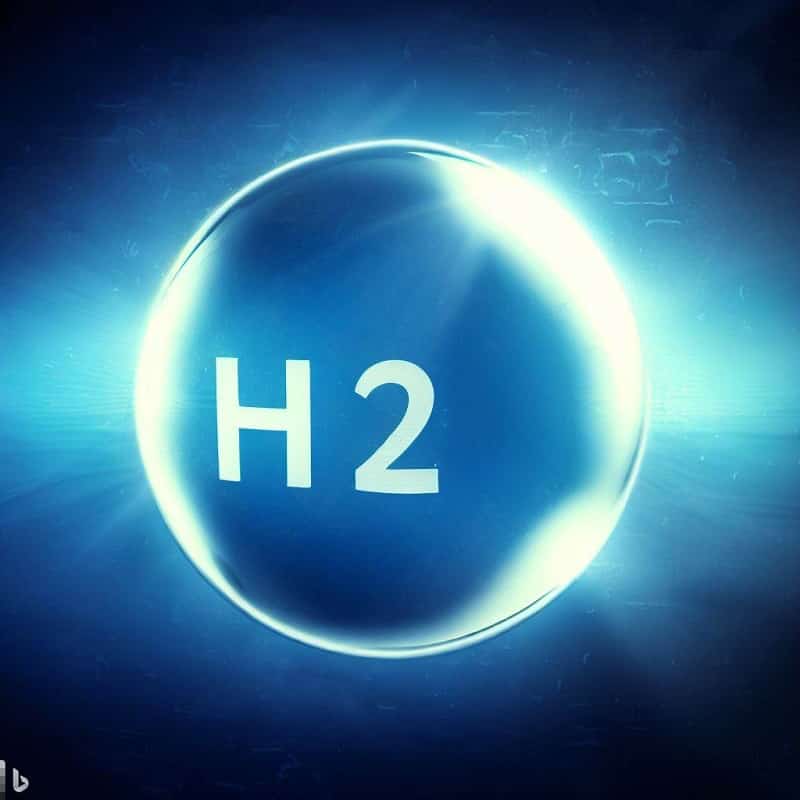
SK On cooperates with domestic and foreign companies to advance the intelligence of battery production equipment
■ SK On collaborates with Beckhoff, Cisco, IFM Electronic, Yaskawa Electric, and Woowon Technology to enhance battery production efficiency
■ This initiative will establish the groundwork for a “smart factory” by improving productivity and minimizing downtime Sustainability Benefits
SK On is advancing the intellectualization of battery production equipment through collaboration with domestic and international companies that possess global-level core technologies. This strategy aims to leverage Information and Communication Technology (ICT) to maximize equipment efficiency and enhance productivity.
On December 26 (KST), SK On formalized a six-party Memorandum of Understanding (MOU) with Beckhoff Automation, Cisco, IFM Electronic, Yaskawa Electric Korea, and Woowon Technology at the SK Green Campus in Jongno-gu, Seoul, South Korea. This MOU is aimed at enhancing the control and communication systems for battery production equipment. Sustainability Benefits
SK On intends to verify the performance, quality, and stability of the technologies and services offered by these companies and discuss strategic cooperation for the intellectualization of battery production equipment. These efforts are expected to strengthen SK On’s manufacturing competitiveness by reducing costs and improving yield, without the need for extensive equipment remodeling.
More…
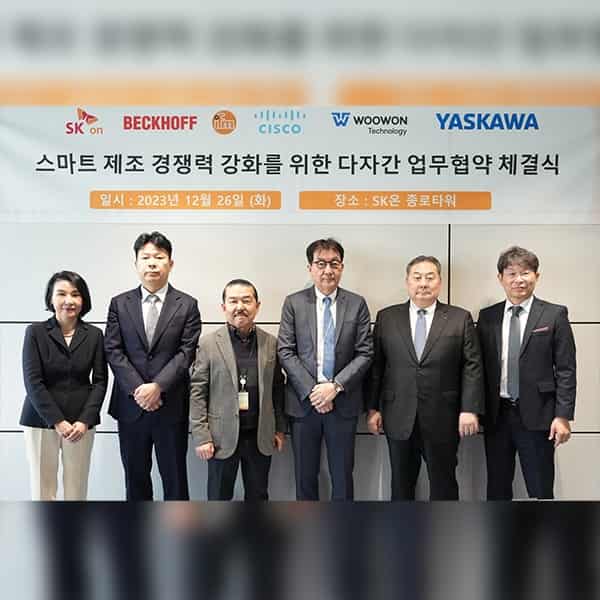
The prevalence of “Hot V” engines, a term coined for a specific architectural configuration, has become increasingly widespread in the automotive industry
Typically associated with V-shaped engines, the conventional layout positions intake ducts inside the V between the two banks, with exhaust directed outward. This design, optimized for naturally aspirated engines, facilitates the connection of intake manifolds and allows for convenient placement of throttle bodies and injection systems. Sustainability Benefits
However, when transitioning to turbocharged engines, the dynamics change. The complexity arises as intake and exhaust, previously distinct, converge in the double scroll of turbocharged engines. Ferrari engineers confronted this challenge in the early 1980s during the development of the turbocharged 126 CK, leading to the evolution of a novel architecture known as the “hot internal V” or Hot V. In this configuration, contrary to tradition, exhaust is positioned between the cylinder banks, while intake faces outward.
This innovative design, initially applied to high-performance racing engines, has gained traction in the road sector. Sustainability Benefits
Prominent examples include the Ferrari V6 in the 296 GTB, the Mercedes-Benz 4.0 V8 featured in various AMG and Aston Martin models, as well as similar engines from Audi and BMW. The advantages of the Hot V layout are multifaceted. The integration of turbines within the V results in a more compact architecture with reduced lateral bulk. Improved thermal management concentrates the hottest components in the center and upper areas of the engine, enhancing heat dissipation and minimizing the impact on other regions. Additionally, the shortened intake and exhaust ducts optimize gas flow, leading to improved accelerator response and mitigating turbo lag—a coveted achievement in engine performance.
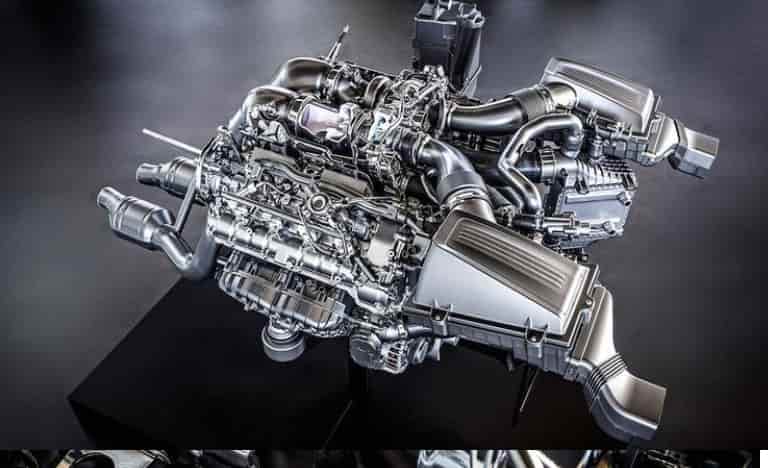
Recycling Nylon – UBE now supplying nylon 6 resin for high-pressure hydrogen tanks in new crown FCEV 28-12-2023
Sustainability Benefits








